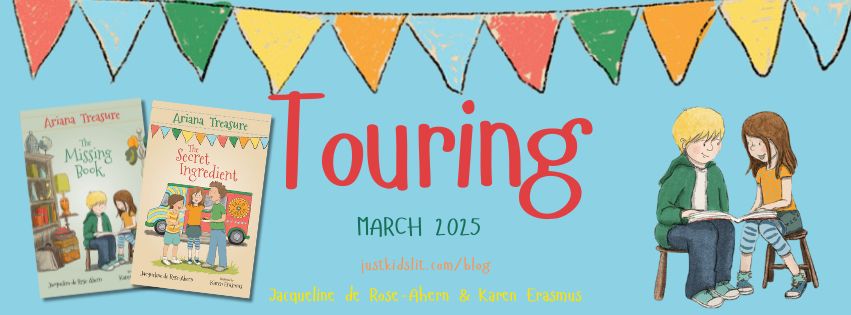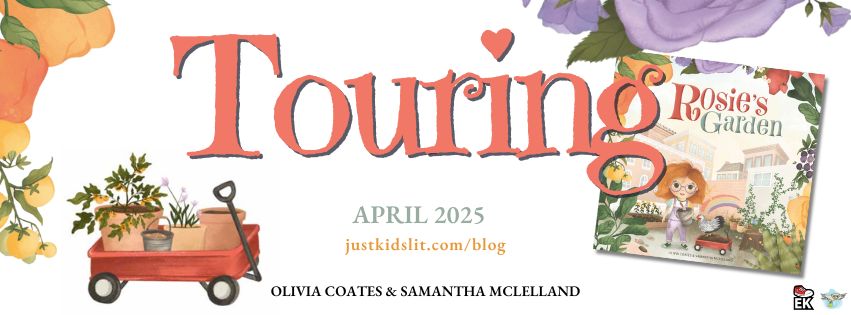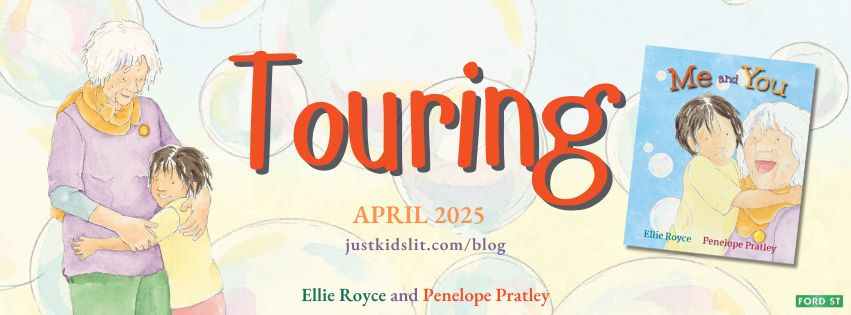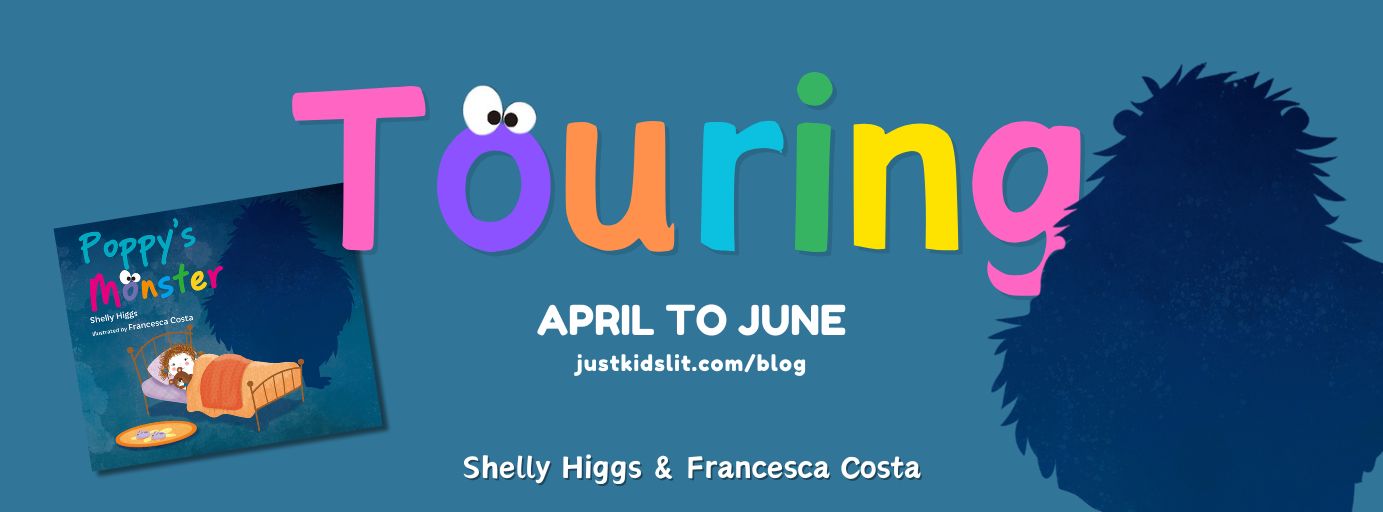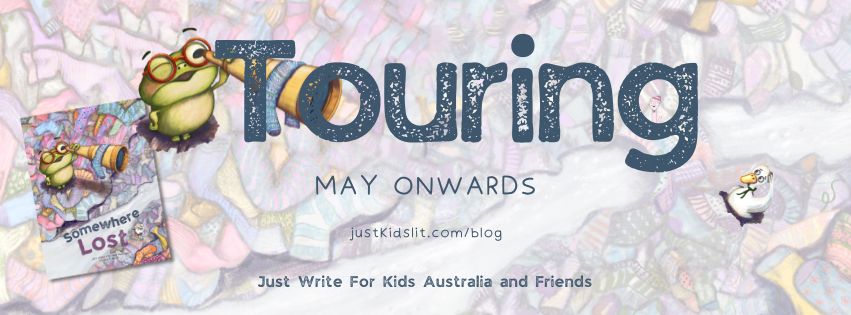Janeen Brian has had an incredible career working with children, literature and the arts since the age of eighteen when she taught her first class of year five students. While raising a family, she began a four-year career with a professional children’s theatre company, both acting and writing. She has also been involved in over 100 television and radio commercials as well as dozens of voiceovers for radio and video Janeen began dabbling in writing in her thirties, and since then she has written over 100 books both in trade and education, and in genres ranging from picture books to poetry, short fiction, nonfiction and novels. Janeen is an award-winning author and poet and many of her books have been translated and published overseas.
We are absolutely honoured to feature the superlative Janeen Brian throughout April to celebrate the release of her latest book – a fun fantasy adventure with STEM underpinnings and a strong female character – The Fix-it Princess, perfect for junior and middle grade readers (who will want to read it over and over again). Whimsically illustrated by the talented Cherie Dignam, published by Walker Books Australia.
Please visit Janeen Brian at her website: janeenbrian.com
Welcome to the interview with Janeen Brian!
Congratulations, Janeen, on the recent release of your new early middle grade novel, The Fix-it Princess!
Princess Shona has been waiting a long time to be let out of your (proverbial) castle, so to speak. She is a strong, funny female character with guts, perseverance and a Can-Do attitude. Has her character changed much since she first entered your thoughts? How did you develop her character?
Shona was one of those characters that simply popped into my head. She was a princess. But one who was not in the least bit like the princesses of old. In fact, she was the type who would’ve been happier dressed in long pants and a tee-shirt. Fancy long dresses and even a crown were seen as incumbrances. I had the basis of the character, but over time and after many drafts, Shona became more determined, wracking her brains to think of bigger and better ways to find her missing parents.
To develop her character, I stepped into Shona’s head and thought about what I would do, if I were in her shoes. In many ways she was self-contained, unable to see her own flaws. So I heightened those flaws, to show why a change of thinking was needed. Her major flaw was that if an end was in sight, she’d rush at it before considering the implications of her decision. When she created particular objects, she applied the same modus operandi, with often the same unreliable outcomes.
In what ways are you like Princess Shona?
In some ways, I think I am like Princess Shona. Although I plan and organise reasonably well on a small scale, I become annoyed with myself at other times because I don’t or can’t be bothered thinking through every aspect before making a decision or coming to an opinion!
Like Shona, though, I also love fiddling around and making things from bits and pieces. As a child, I loved to scuffle about in sheds and gardens. For over twenty years, I’ve created and sold my mosaics, which are made from broken and recycled crockery, tiles and found objects.
And like Shona, I like to sing. However, that doesn’t make either of us singers!
We have Royals, we have a horse, we have a dragon and plenty of chooks in the story. Do you have a favourite character in The Fix-it Princess? Why this one?
I love the character of Princess Shona. Something about her spirit is so appealing. But Dragon has such heart. He lives simply and wants only to be at one with his music. So to do what he did for Shona, was an act of courage, showing his genuine appreciation for the help she’d offered. I think of Dragon as a pure, kind soul.
The Fix-it Princess maintains a strong link to the STEM (Science, Technology, Engineering, Maths) curriculum, as Shona, very persistently, adjusts and readjusts her own building designs. With your background in education, what do you like most about STEM, and STEM in literature?
What do you hope readers will glean from your incorporation of a hard-working female in the area of science and engineering?
I think STEM works to activate that side of the brain that seeks answers, solve puzzles and problems and to use trial-and-error methods to come up with a solution, or the best outcome in a particular circumstance. And as a person who mainly lives using my intuitive, sensory side of the brain, I can see how a balance of both sides has its advantages. Having aspects of STEM woven into stories can perhaps create a confidence to apply structured methods to bring about change. In The Fix-it Princess, Princess Shona tackles any engineering problem, be it large or small, and even though she had a lot to learn, it might encourage readers to look closer at the areas of science and engineering.
What is the best project you have ever designed and built yourself or with some helpers?
As a child, I found an old metal rubbish bin lid, upended it, hammered a hole in the centre and further hammered a thick nail into an upright bit of wood. I then fixed that onto wooden fence railings, above the chicken shed and, filled with wheat, claimed it as a bird-feeder. My elder brother was a co-helper.
As an adult, my husband and I visited a recycle outlet at a dump and collected corrugated iron, timber offcuts, old windows and a wooden door to make a little mosaic studio for me in the back yard.
You’ve also incorporated themes of careful, positive and creative thinking, music and teamwork in this fun mystery adventure story! How do these, and the other themes, all fit together?
Although throughout most of the story, Shona’s haphazard ways prevail, in the end, memories of parental comments and suggestions from Dragon help shift her way of thinking. She is a caring character, but her care broadens when she opens up and listens to others’ opinions. Perhaps teamwork has been something she was used to. Linking music to the story was a joy, because music links everyone and the dragon was the best musical character, a loner, in a way, estranged from his family through choice because of his need for a more peaceful life.
The illustrations throughout The Fix-it Princess, by talented illustrator Cherie Dignam, are whimsical, exuberant and full of expression. What do you like most about Cherie’s artwork for this story?
The story is a fun, lighthearted tale interspersed with Shona’s bouts of frantic concern and panic. I feel Cherie’s sparky illustrations are perfect because the line drawings are full of energy, humour and expressive characters, particularly the startled chooks!
You write for a wide range of ages and genres, from picture books through to older readers, poetry and educational resources. Do you have a preferred genre? Which of your works are closest to your heart?
I do write in different genres and for different age groups, but this is simply because that is what I like to do. For a long time I didn’t venture into novels, because I was apprehensive (make that scared!) of their extensive length and structure! They seemed so difficult and complicated. Up until then I’d written mainly picture books, poetry and short fiction. But, I’ve enjoyed stretching my wings with novel writing. While The Fix-it Princess is my fourth novel, it is totally different to the other three. However, I do love a strong, well-crafted picture book! The book that will always be closest to my heart is Where does Thursday go? (published originally by Margaret Hamilton Books, later by Scholastic Books, and illustrated by Stephen Michael King).
Three Fun Facts about you:
1. I have a natural talent for swatting flies.
2. I once dressed up and spent the day at school pretending I was ‘a new girl!’
3. I knitted myself a green jumper when I was nine.
What is your best writing tip for aspiring authors?
Use lots of trial-and-error methods to get to know your characters, particularly your main character; draw pictures, ask them questions, brainstorm ideas, use magazine pictures or photos, write down any ideas but don’t be too prescriptive to start with. Allow your character to grow as you write.
Anything else you’d like to share about yourself or The Fix-it Princess?
Like Princess Shona, I am a work-in-progress! Although I’ve had over 100 books published, I’m always striving to learn and improve my stories and poems.
Thanks so much, Janeen, for sharing your story with us! 😊
And thank you, Romi, for your questions that allowed me to share my thoughts about The Fix-it Princess.
The Fix-it Princess is available for purchase at:
Janeen Brian’s website / Booktopia
Watch the gallery of the official The Fix-it Princess book launch!
Post your encounters with The Fix-it Princess on the socials using the hashtag #TheFixitPrincess, and be sure to tag @Janeen Brian Author, @Just Write For Kids Australia (FB) and @janeen.brian, @booksontour_aus (instagram).













